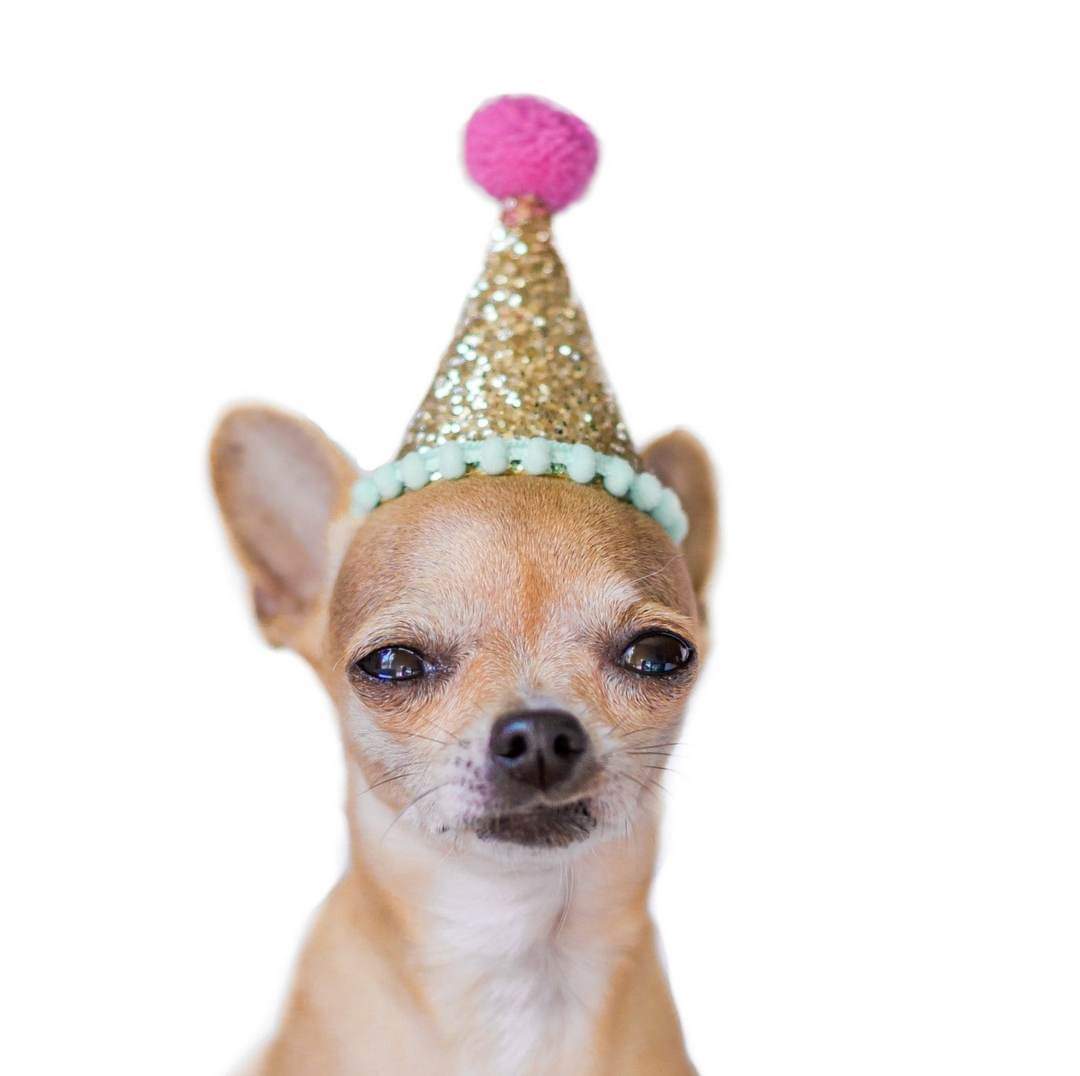There’s only been a short period of human history from the invention of photography to today. We had evidence before photography existed, and we will still have evidence even if photography can be trivially faked.
There’s only been a very short period of human history where video cameras were cheap enough to be used for widespread surveillance, but could not be trivially faked. That period is just about over. We had laws prior to video surveillance, and we will still have laws even if video surveillance becomes obsolete.
But it won’t. Instead, provenance, or chain-of-custody of evidence, will become even more important.
You can fake security camera footage — but if real security cameras upload their recordings automatically to a service that timestamps them and certifies them, then that metadata (and the trustworthiness of the service) represent a way of verifying that particular footage was created at a particular time, and even by a particular instrument.
Instead of Joe’s Corner Store having video cameras that record only to local storage or to Joe’s own account on a cloud service, they will instead stream to a service run by a security or insurance company, or (in some places) the police. This service will timestamp the video, record checksums, and thereby provide assurance that a particular video recording is really from Joe’s camera and not faked by AI.
Effectively, you can’t trust a mere video that appears to show Taylor Swift shoplifting from Joe’s Corner Store — but when a representative from Joe’s insurance company testifies in court that the video was definitely recorded by their device at a particular time, and has the logs and checksums to prove it, Ms. Swift will be in trouble.
My prediction: verified video will start to become a thing.
Phones will be able to encode a digital signature with a video that certifies the date, time, and location where the video was captured. Modifying the video in any way will invalidate it.
Same for photos.
People will stop believing photos and video that don’t have a verifiable signature. Social networks and news organizations will automatically verify the signatures of all photos and videos they display.
Technically this is already possible today, it just needs to become mainstream and the default.
Even that isn’t possible. While you could confirm it hasn’t been modified via hashing, it can only confirm that after it was created. If you created an entirely new file there’s no way to prove it wasn’t faked and then had a signature applied.
Also, what’s to stop you from generating new hash information that is consistent with the new media if you do modify an existing one?
The timestamp of the original hash being sent to a central server.
That’s the whole point of sending that hash close to when it happens.
AI / Deepfake forensics will become a growing field.
How could any forensics be performed to discern AI from non-AI? Would it be no more than counting the fingers?
That’s one way AI-generated image leaves artifacts and clues. It could even be traces that cannot be seen by human eyes. There will be other signals and it will probably be arms race where forensics will improve, but AI will get even better, so on and so forth. Time will tell.


